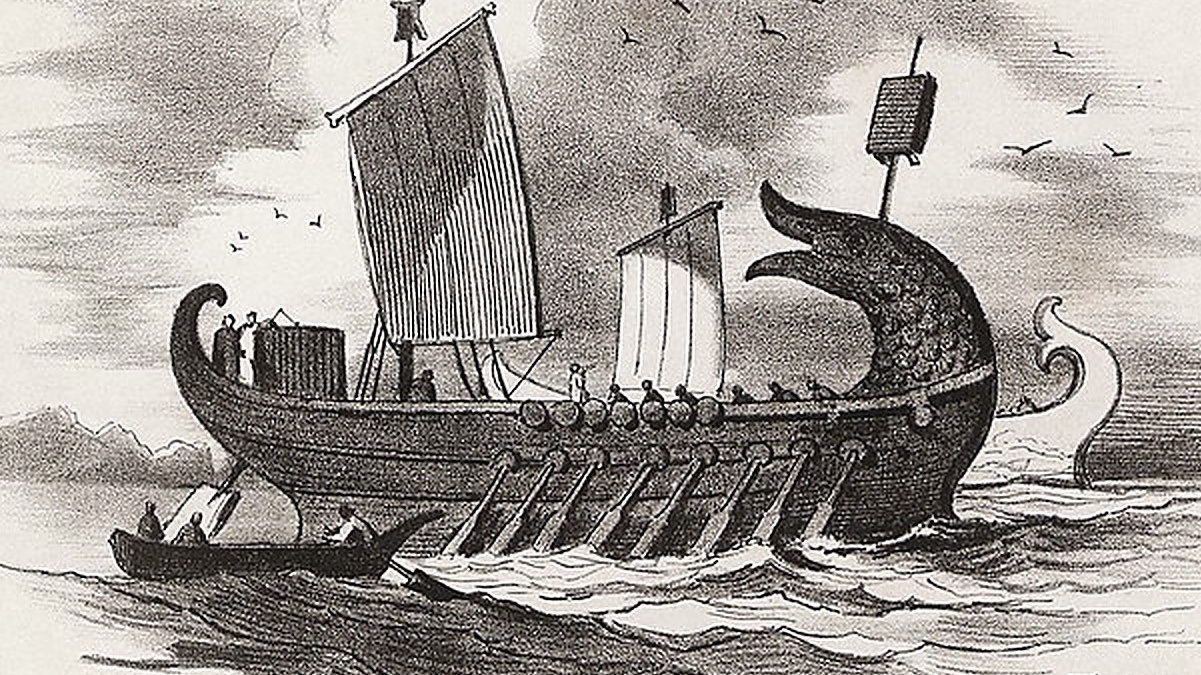Schumann’s “Widmung”: A Love Song Adapted by Liszt
In September of 1840, Robert Schumann presented a collection of 26 songs, composed the previous spring, to his beloved Clara as a wedding gift. The cycle, Myrthen, Op. 25, contains intimate musical ciphers and codes which had personal meaning to the couple. Myrtle flowers, referenced in the title, are associated with Aphrodite, the goddess of love. Based on a poem by Friedrich Rückert, the opening song, Widmung (“Dedication”), begins with the lines, …







